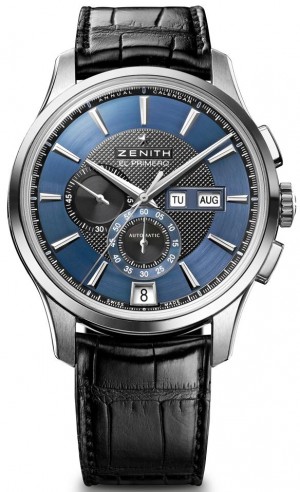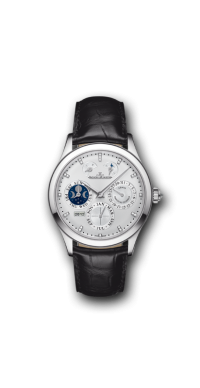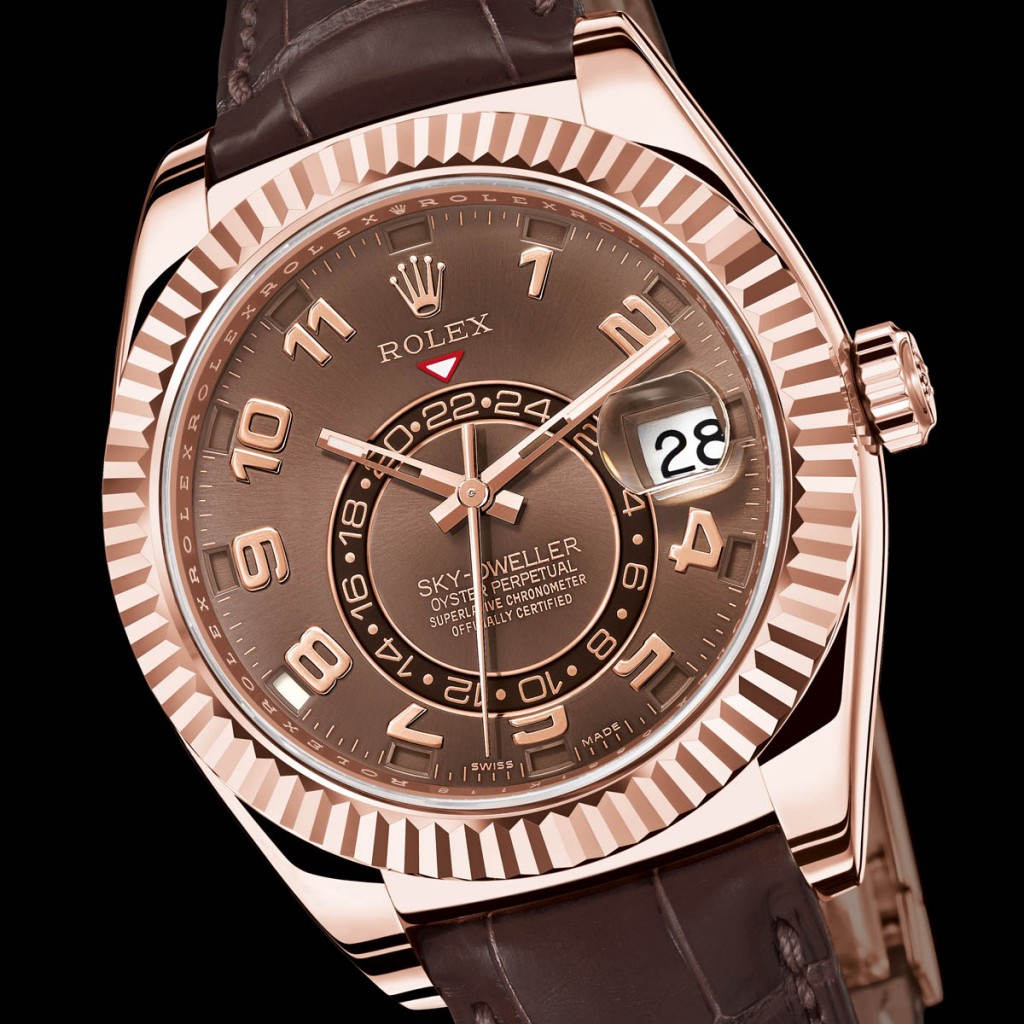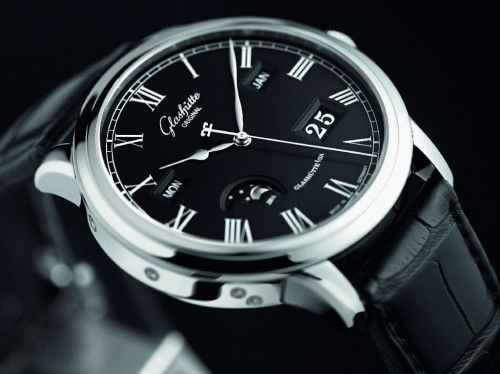The Everyday Watch Part II – Annual and Perpetual Calendars
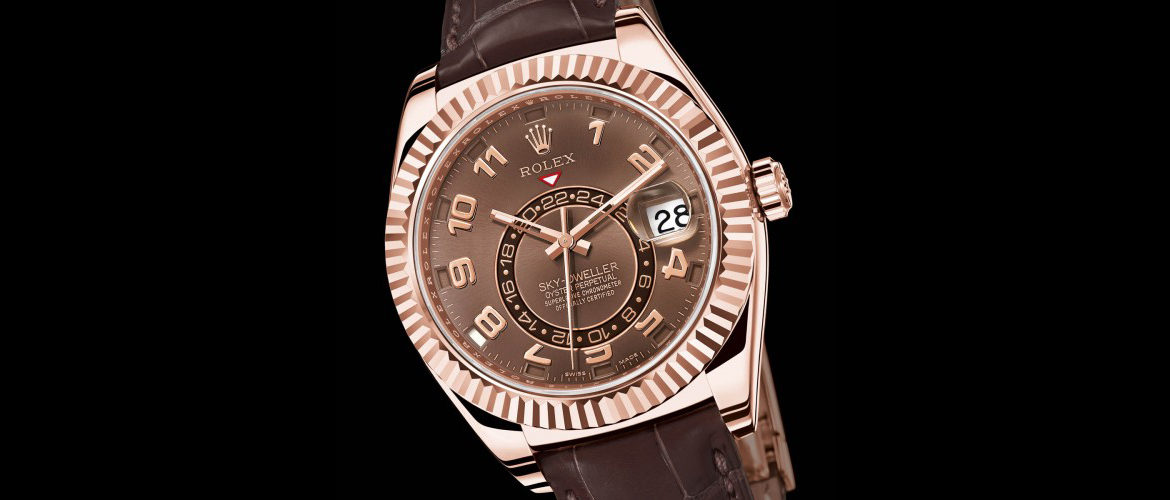
In many English-language traditions, children are taught to overcome the idiosyncrasies of the Gregorian calendar by learning the following memory device:
Thirty days hath September,
April, June, and November.
All the rest have thirty-one,
Excepting February alone,
Because he’s a P.I.T.A.,
For your watchmaker…
… or something to that effect. This survey, the second installment of 300magazine’s two-part overview of calendar watches, examines the nuances of annual and perpetual calendar watches.
The challenge of grappling with months of nonstandard duration, leap years, and even lunar cycles has vexed and tested mechanical watchmakers since clockwork mechanisms found their way into portable cases and gave birth to the pocket watch during the sixteenth century.
Mechanical systems for tracking the passage of irregular time intervals were not new to engineers of the sixteenth century. At that time, advanced formulae for calculating lunar cycles were well-established, and, although it would not be discovered until the early twentieth century, the fearsomely complex ancient Greek “Antikythera mechanism,” a perpetual astronomical clock, had been sitting on the Mediterranean seabed for 1,600 years.
However, building an annual or perpetual calendar watch entails far more than a rote math calculation. Comparatively speaking, conceiving a complex calendar is an easy task for a veteran watch designer. The real obstacles are the practical constraints; the need to fit the mechanism in a reasonably-sized case; the need to make the mechanism durable enough to travel on the wrist; the requirement that the mechanism be simple enough for the user to set and easy for him to read.
The watchmakers’ challenge is compounded by the fact that his product must fit in essentially the same space and express itself through virtually the same interfaces available to the elementary “complete calendars” examined in the first installment of this series.
Indeed, watches such as Zenith’s Winsor Annual Calendar outwardly bear every resemblance to their less sophisticated triple-date cousins. The distinction is internal; triple-date watches must be corrected five times per year while an annual calendar only requires correction once per year on March 1.
When comparing the Zenith’s dial features to a triple calendar such as the Jaeger-LeCoultre Master Moon, it is apparent that both watches incorporate windows over rotating day, date, and month wheels. However, not all annual calendar displays are as straightforward as the Zenith system.
By its nature, the portrayal of nonstandard (and somewhat arbitrary) time periods lends itself to artistic license. Imaginative solutions such as that of the Rolex Sky Dweller attempt to provide a counterpoint to calendar complexity by paring date indicators to an absolute minimum.
Rolex knew that its Sky Dweller would be a late addition to a consumer market awash in annual and perpetual calendar watches, so the Geneva giant took pains to create a unique system for expressing the date. At first glance, the Sky Dweller’s most prominent feature is not a calendar indicator but an offset second time zone display. The only clue to this watch’s underlying sophistication is the series of apertures outboard of the hour track.
Each of the hours corresponds to a month of the year (e.g., 1 equates to January), and a contrasting colored indicator block jumps from one aperture to the next as the year progresses. The traditional Rolex date at 3 o’clock is driven by an intermediate system of planetary gears that ensure a crisp “jump” between the last day of thirty-day months and the first of the succeeding month.
While annual calendar watches represent a substantial escalation of cost and complexity compared to the simple calendars, even annuals pale in comparison to the perpetual calendar watch.
Among “master” watchmakers, the standard rite for achieving that exalted status involves constructing one of the canonical “masterpieces” of the trade: a split-seconds chronograph; a tourbillon; a minute repeater; a perpetual calendar.
Certain manufacturers take pains to accentuate the unique capabilities of the perpetual calendar mechanism. Jaeger-LeCoultre’s Master Perpetual 40mm incorporates year, decade, and century indications into the dial. Due to its ability to track nonstandard months and years, only a perpetual system can correctly maintain this continuity for user reference.
Moreover, JLC incorporates a sophisticated “moon phase” display. Although this refinement is not a mandatory component of traditional perpetual calendars, its presence offers a nod to the celestial underpinnings of the Gregorian calendar and a concrete link to mechanical forebears including the legendary Antikythera device.
Mechanical wristwatch moon phase displays fall into two categories: 59-tooth systems and 135-tooth systems. The 59-tooth wheel mechanism requires resetting after approximately 2 years and seven months; the 135-tooth systems need only be reset once every 122 years. While JLC’s complete calendar Master Moon (and most other simple calendar watches, for that matter) incorporates the 59-tooth system, its perpetual calendars such as the Master Perpetual 40mm feature the more advanced 135-tooth complication.
In fact, the only true limitation of most perpetual calendar watches lies in the macro-scale irregularities of the Gregorian system. Although the year 2100 should be a leap year given its place in the four-year sequence, only turn-of-century years divisible by four hundred are considered to be leap years. Come 2100, perpetual calendar watches without a user-correction feature will need to be returned to their respective manufacturers for resetting.
Given that only Ulysse Nardin’s Ludwig Oechslin-designed perpetual calendar watches offer a user-friendly Y21K reset, Swiss branches of DHL and FedEx can look forward to a banner year in 2100.
Ulysse Nardin’s perpetual calendars are instructive in another important respect. While these watches incorporate a system to permit year 2100 protection, around-the-clock resetting of the calendar indications, and the ability to adjust the calendar forward and backward, most perpetual calendar watches lack all three of these safeguards.
The owner of any given perpetual calendar watch should take great pains to familiarize himself with the handling limitations of his timepiece. Other than the UN variety, all perpetual calendars can be set in only one direction: forward. Users who overshoot the desired date have no alternatives but to return the watch to the manufacturer for correction or stop the watch and wait for the true calendar to catch up with the mistake!
Moreover, all of the “danger zone” limitations discussed in part one of this series continue to apply to perpetual calendar watches. While the exact window varies, perpetual calendar watches should not be adjusted in any way – clock time included – during a period that encompasses 9 pm and 3 am.
Certain perpetual calendar watches feature red “danger zone” indicators on the dial to warn users when the watch enters its window of vulnerability. Owners are encouraged to familiarize themselves with the limitations of their exact watch models.
This point deserves a final comment with respect to its impact on the reputation of perpetual calendars in general. While the service requirements of perpetual calendars are in line with other haut-de-gamme complications, the perpetual has an undeserved reputation for fragility and unreliable performance. Too often, this view is reinforced when users unwittingly attempt to adjust the mechanism against its aforementioned limits.
Nevertheless, when handled properly, annual and perpetual calendar watches offer everyday practicality, value, and lasting pleasure to their owners.

